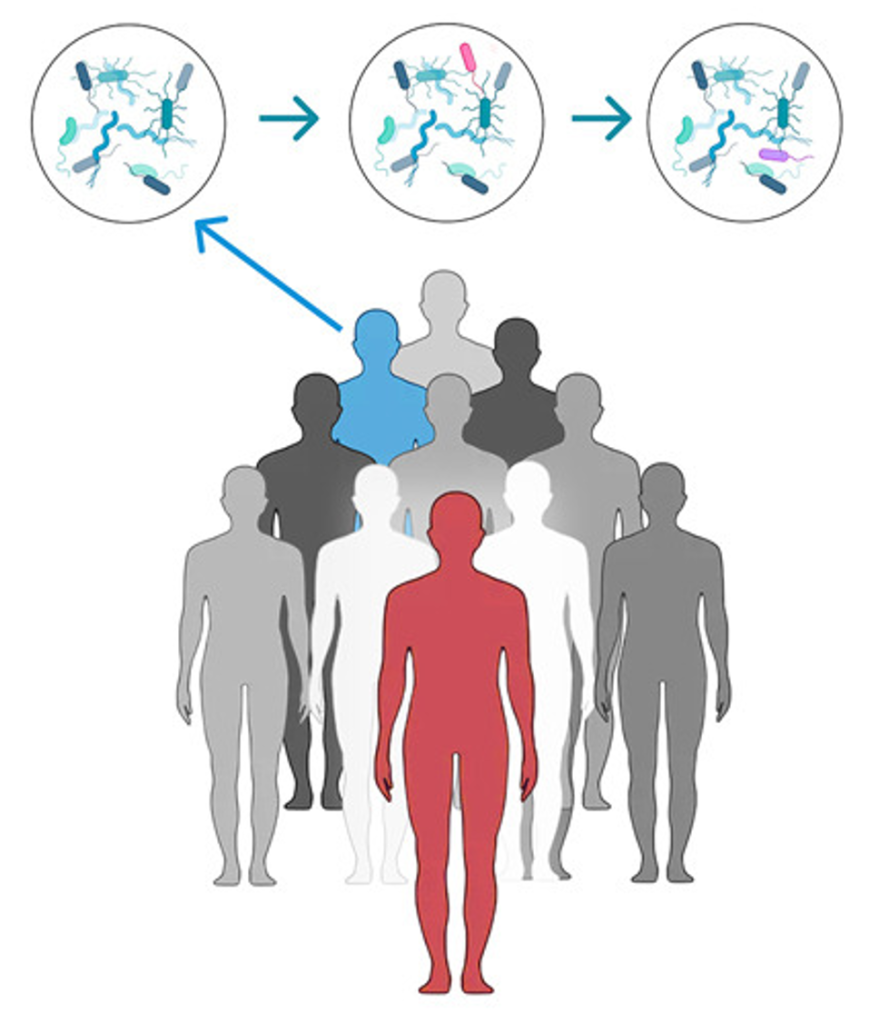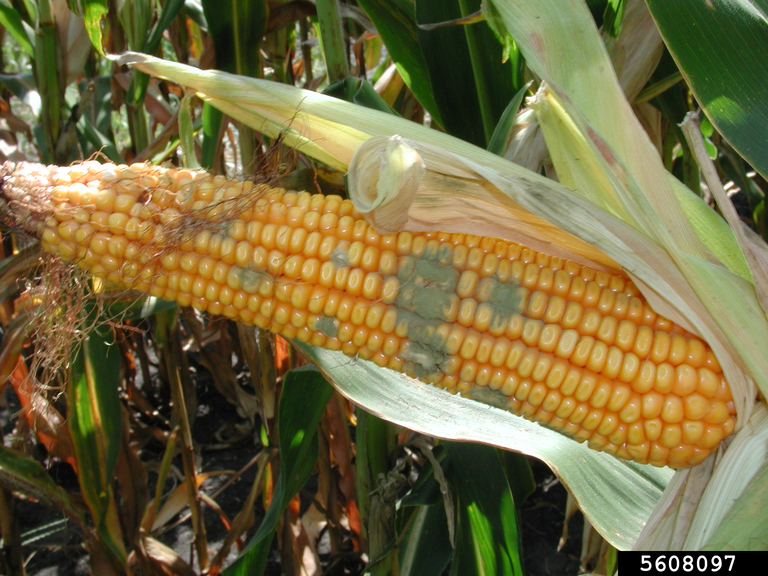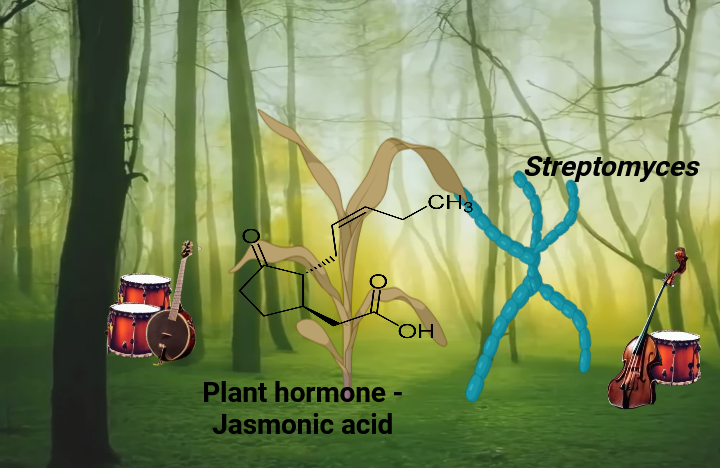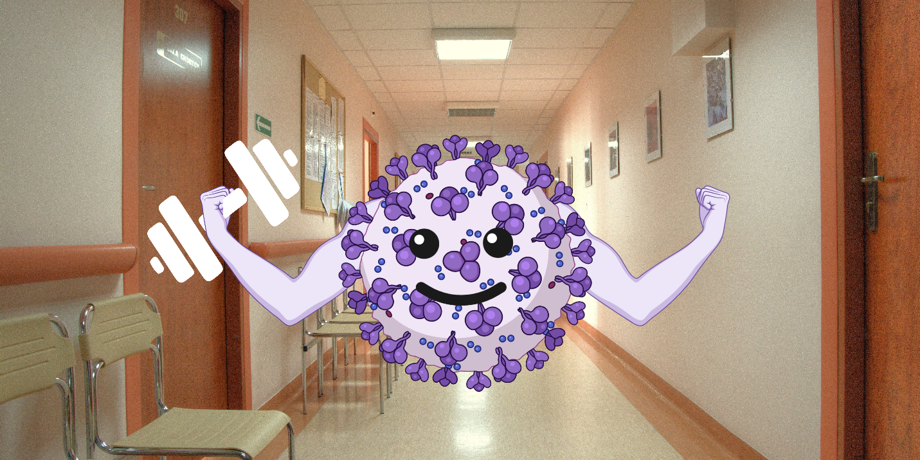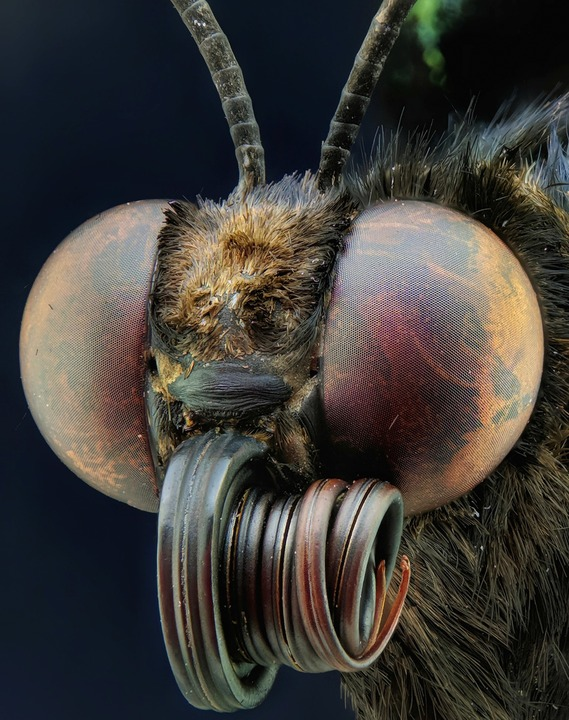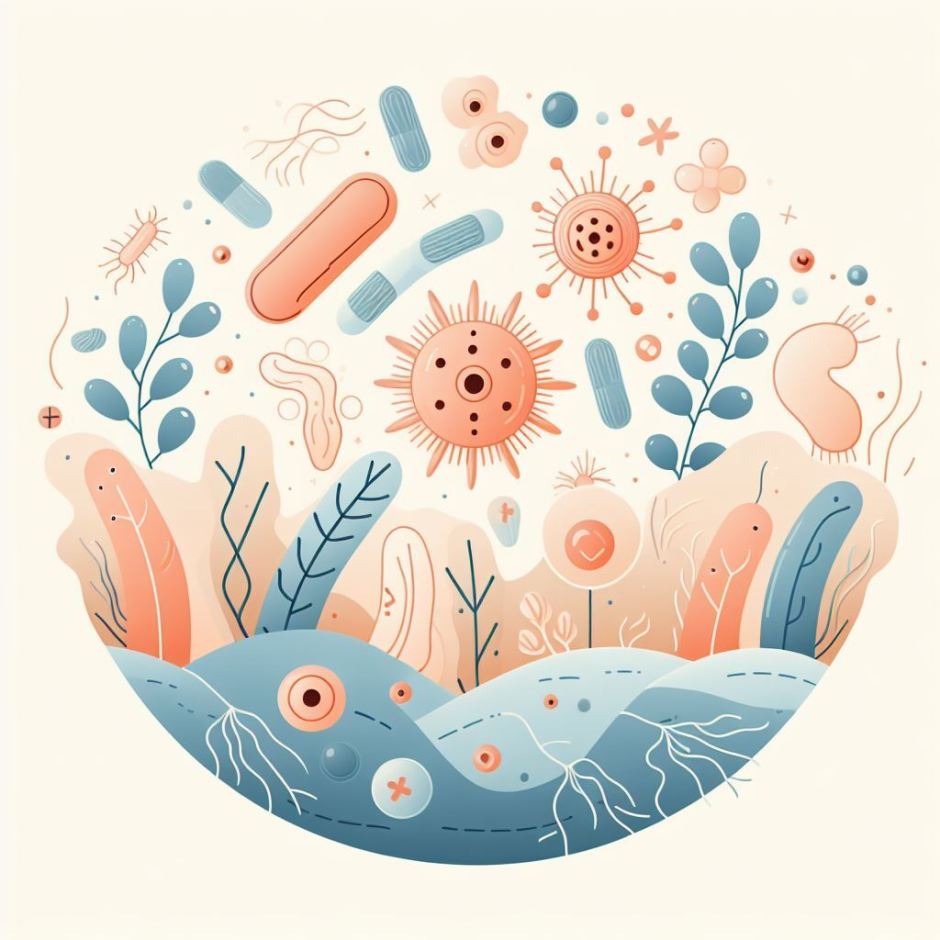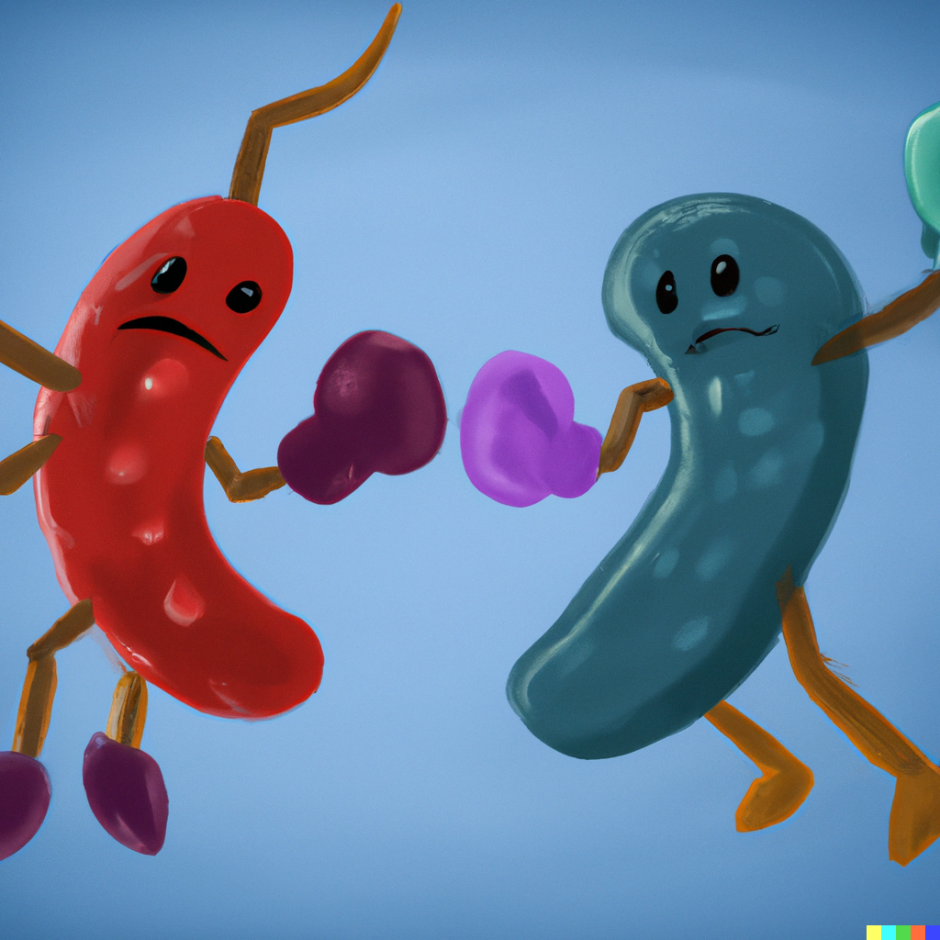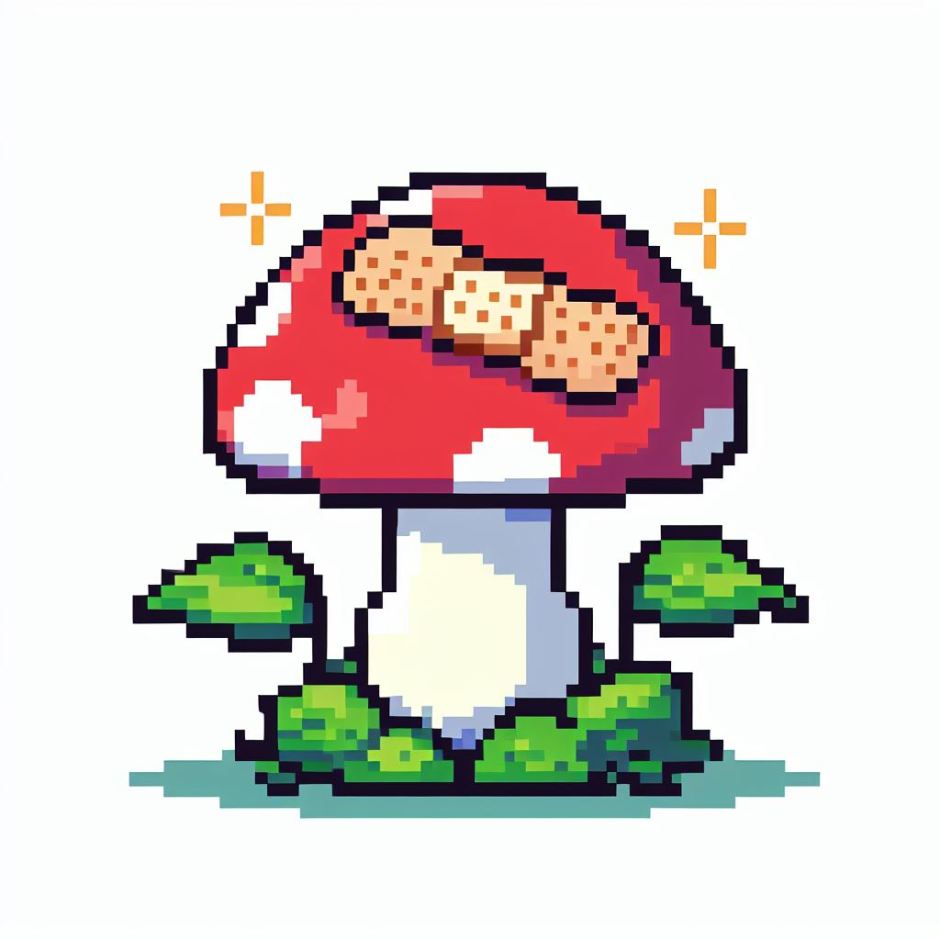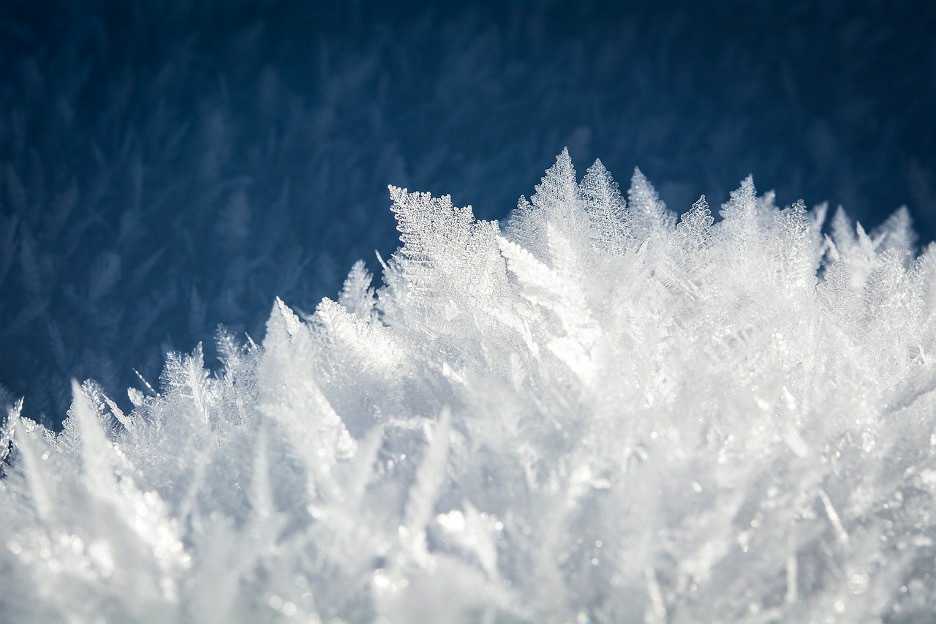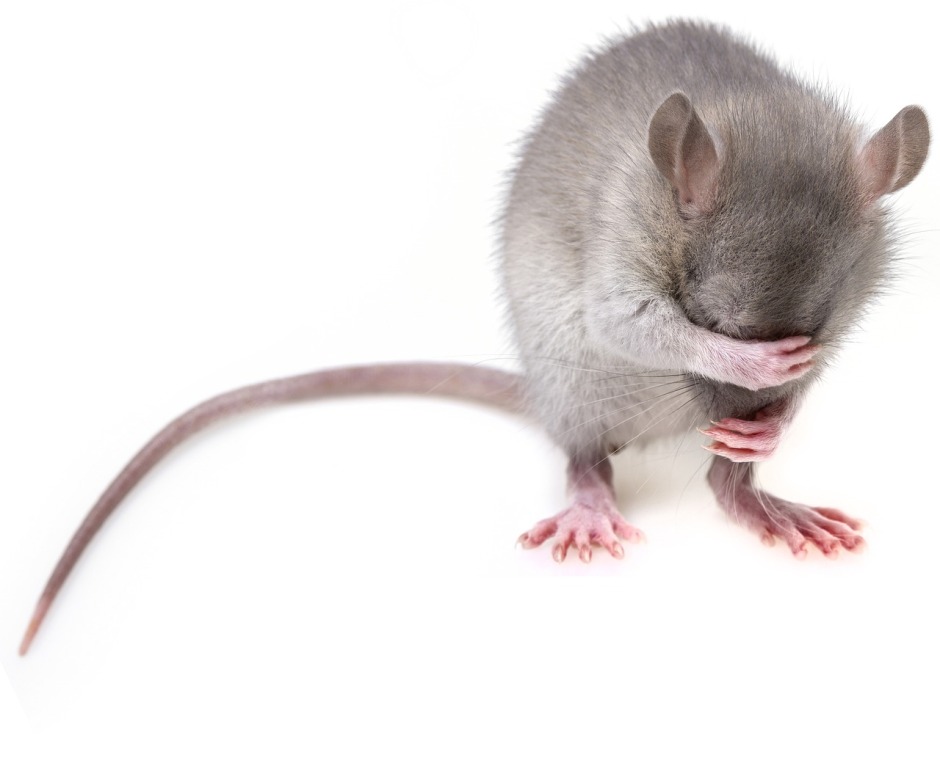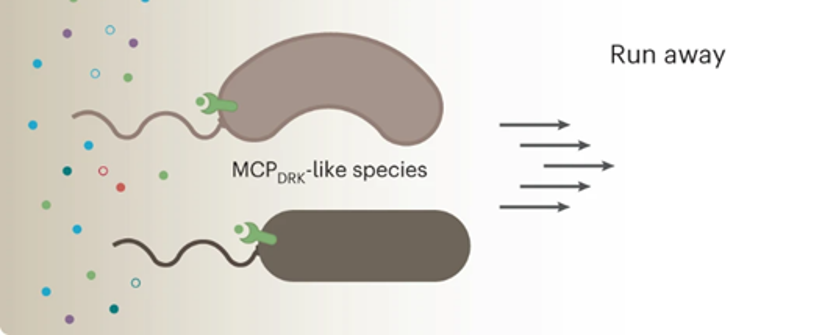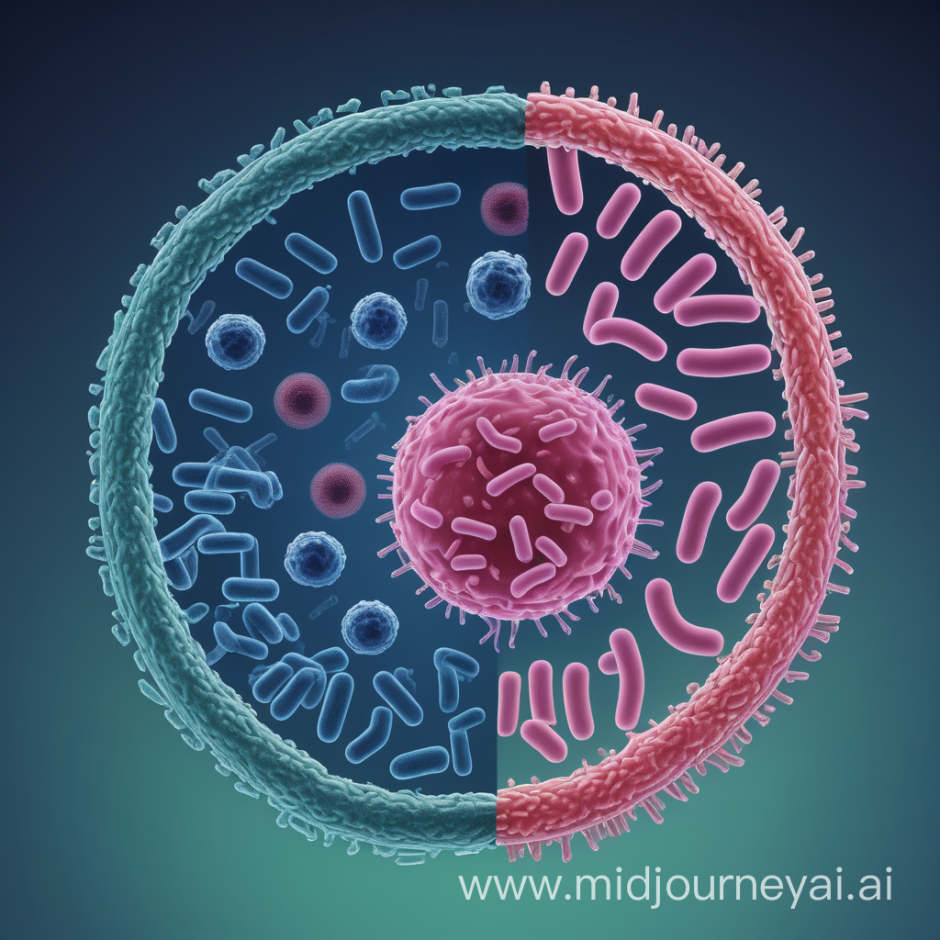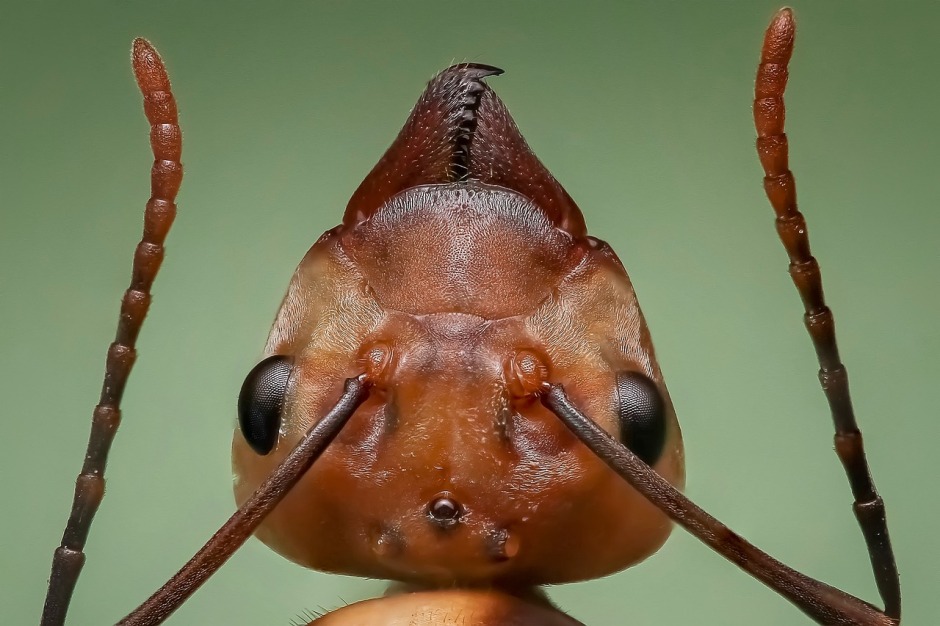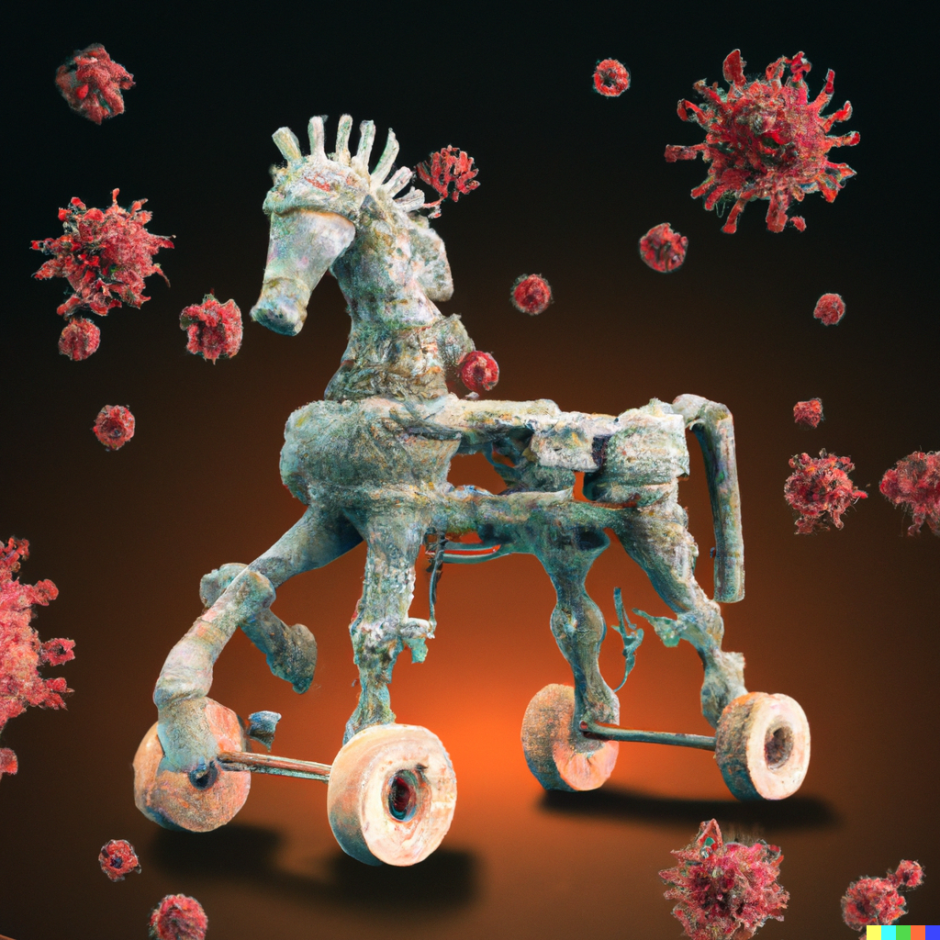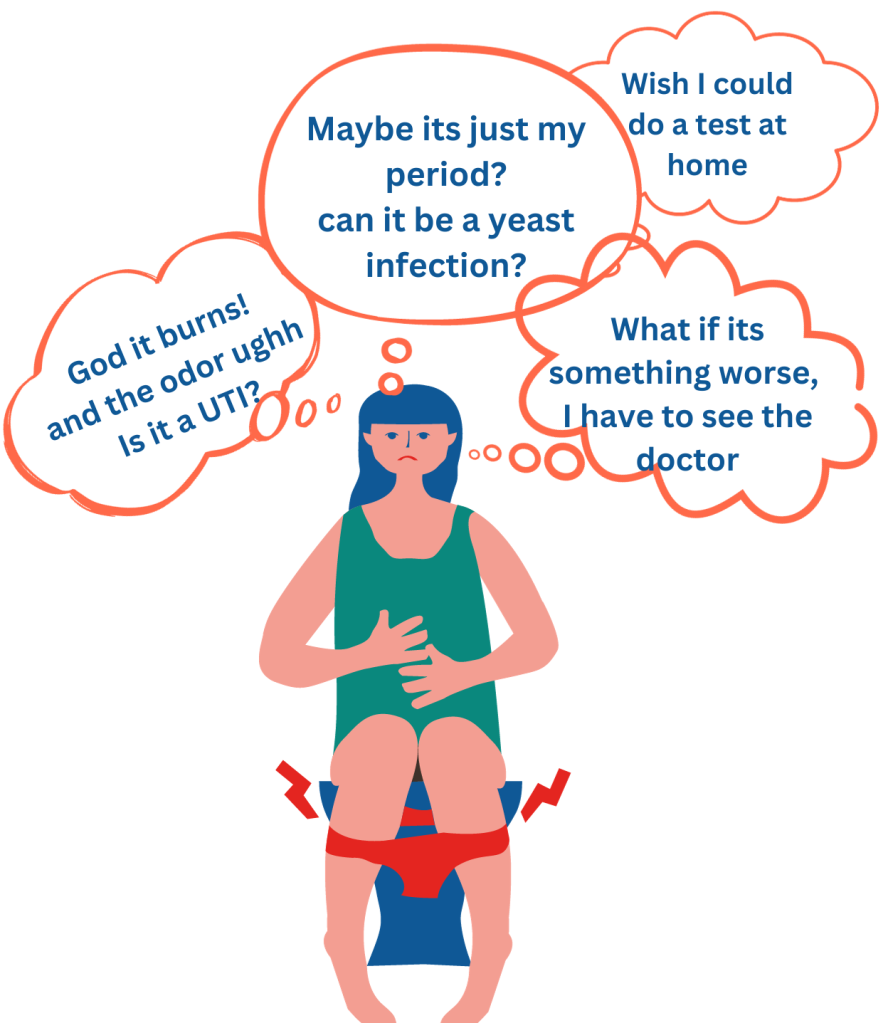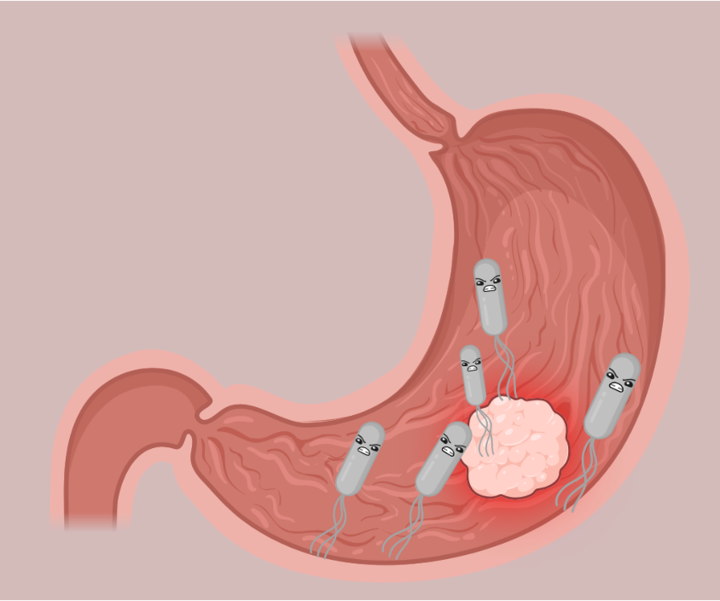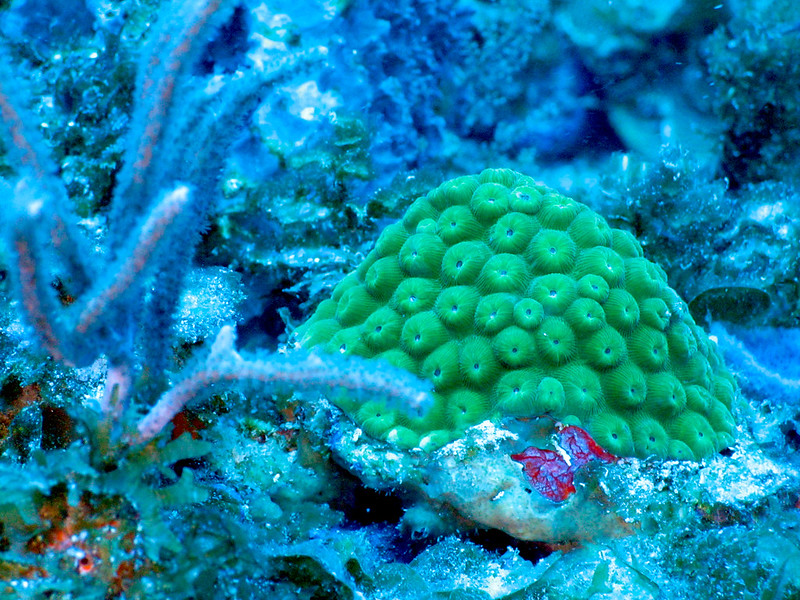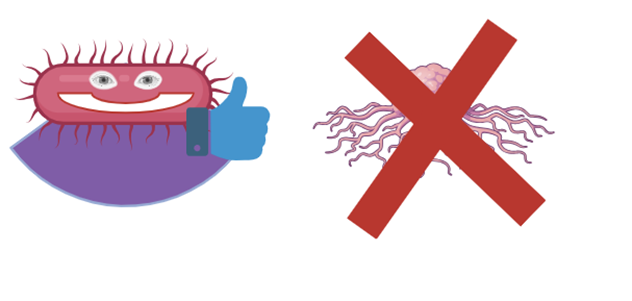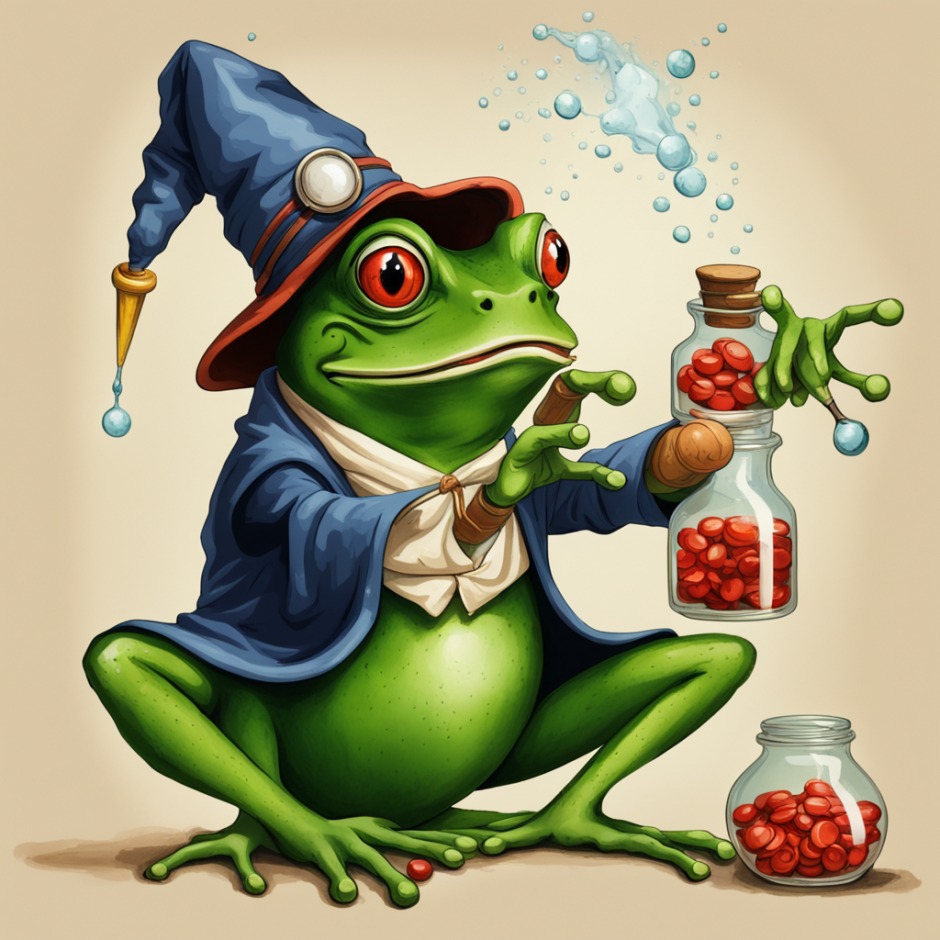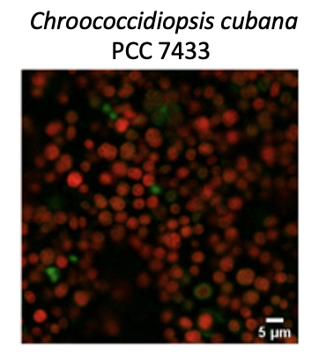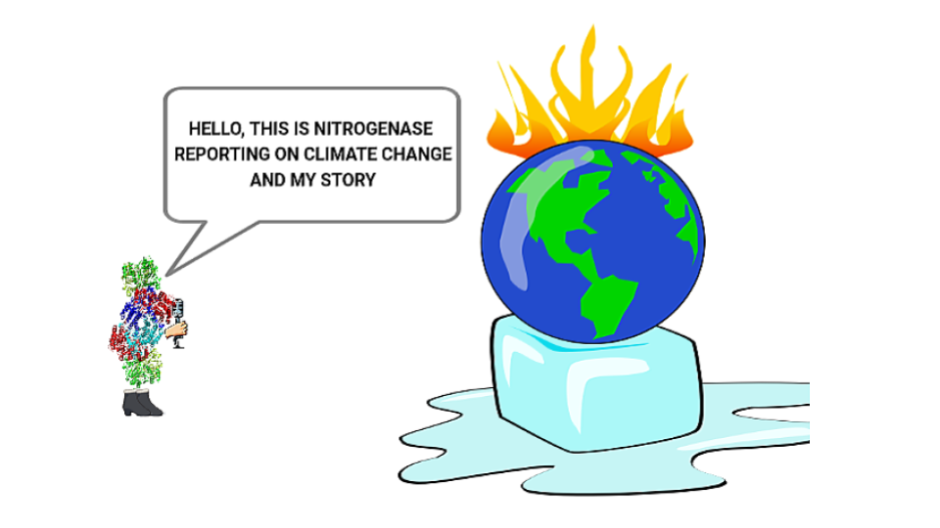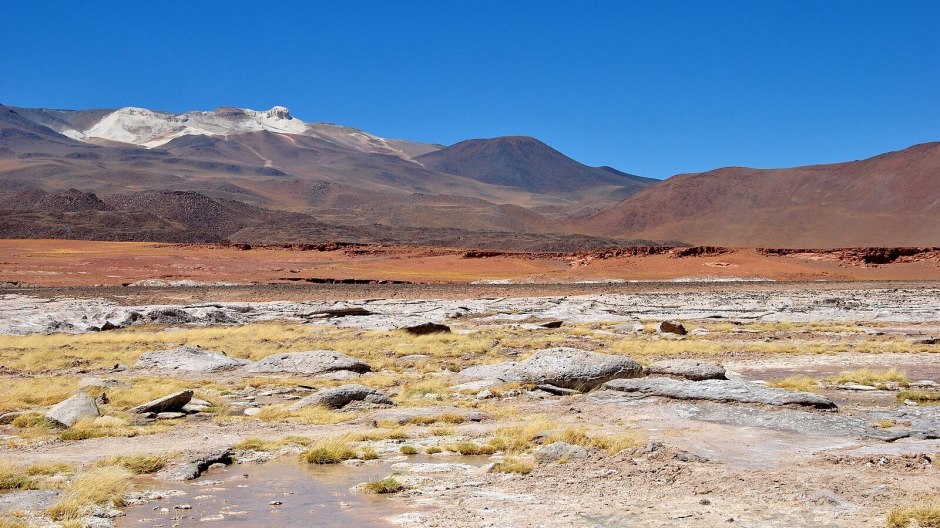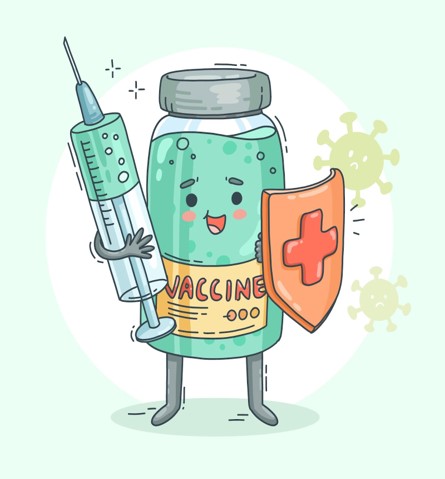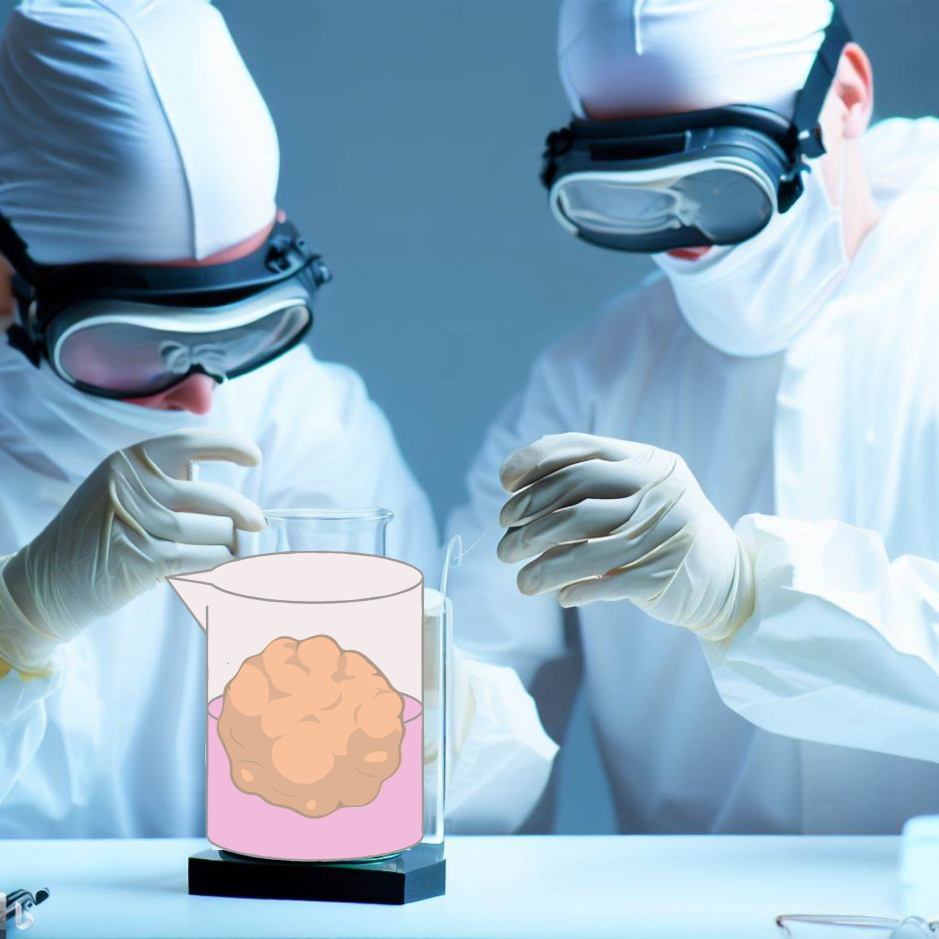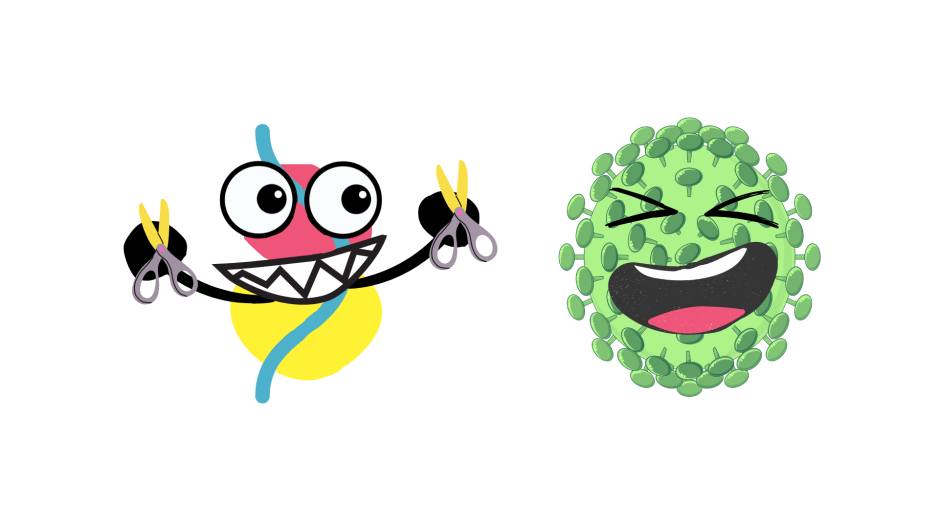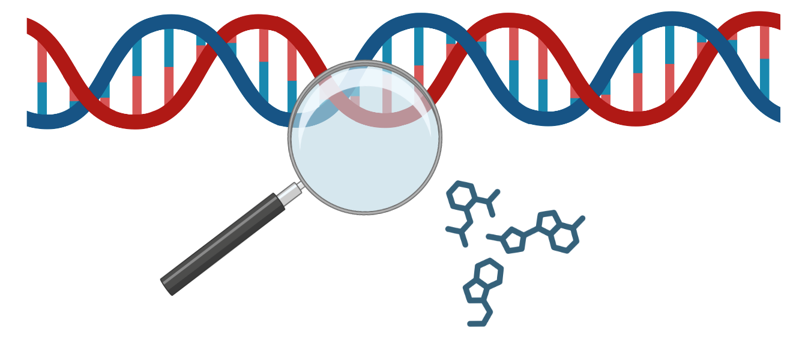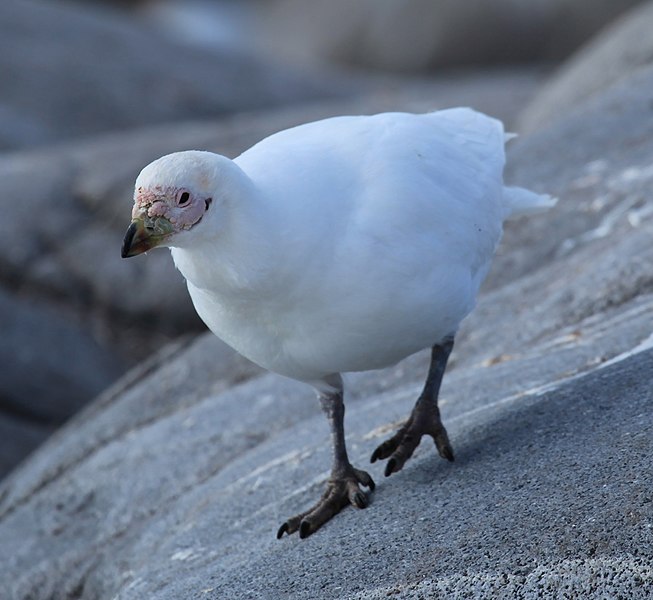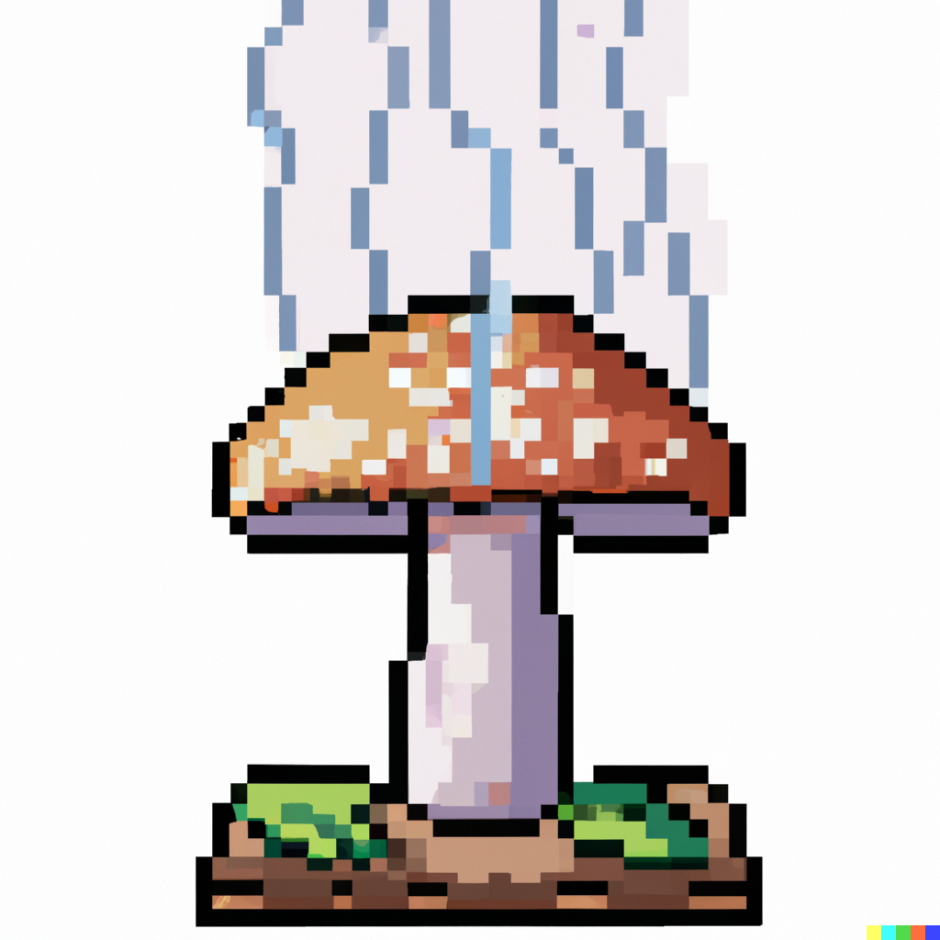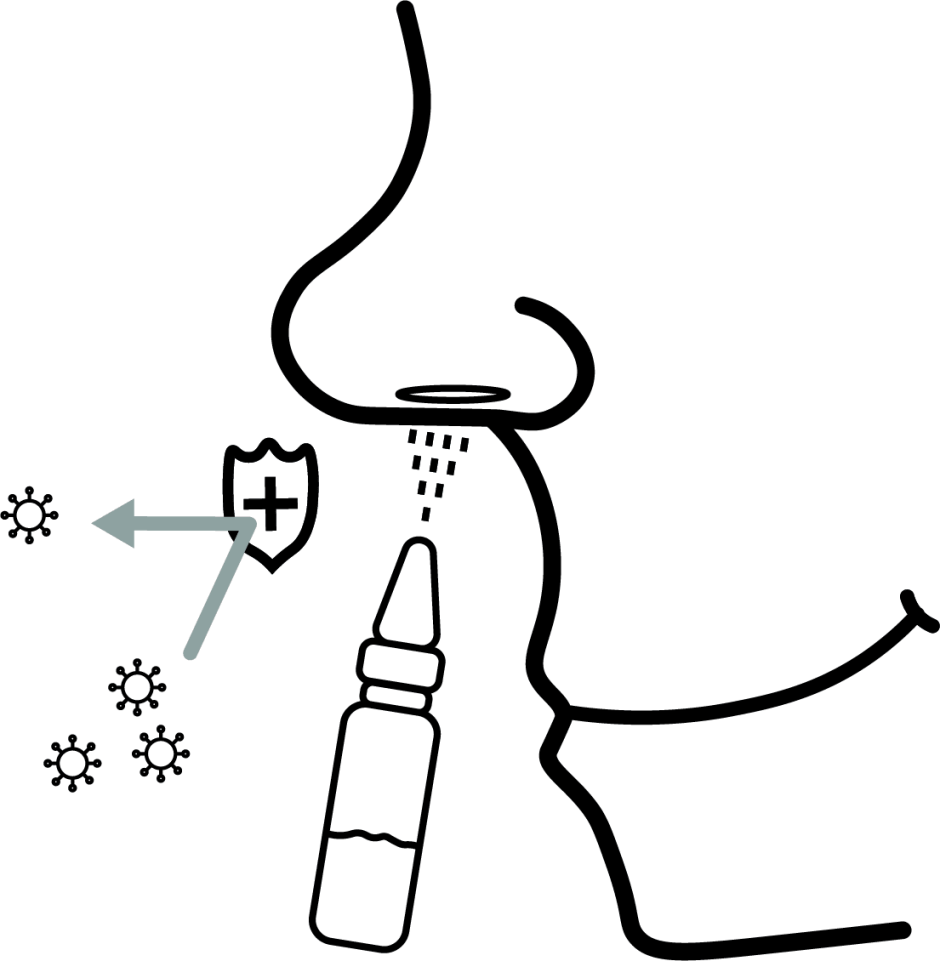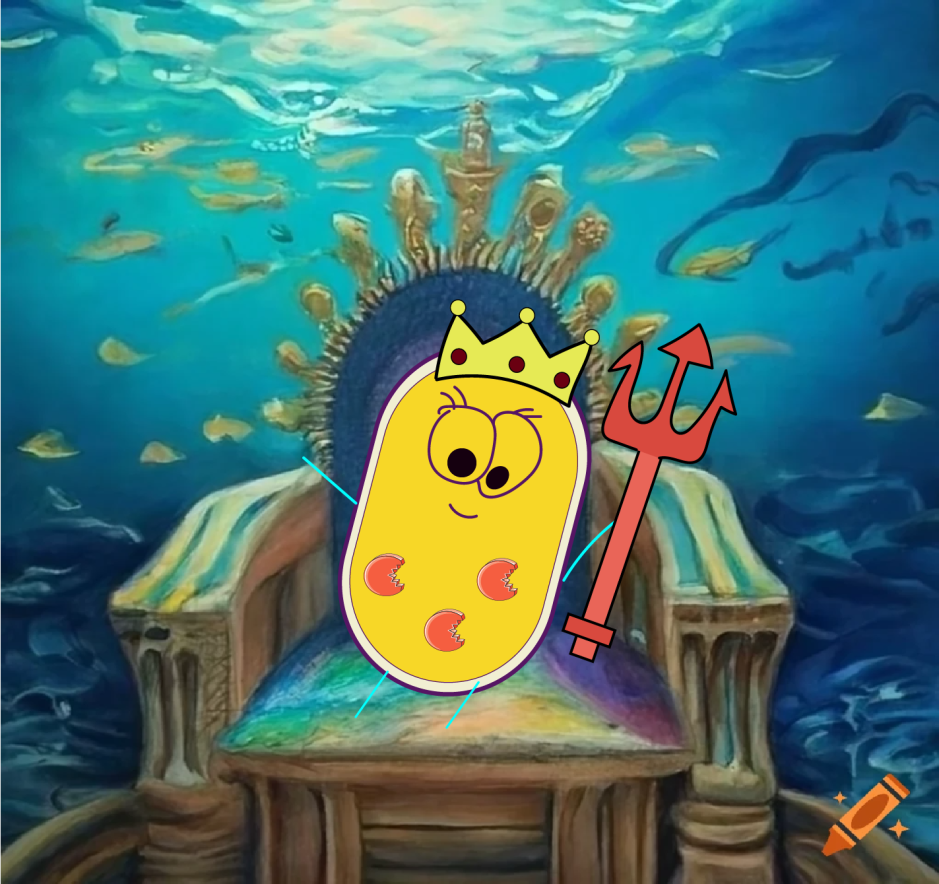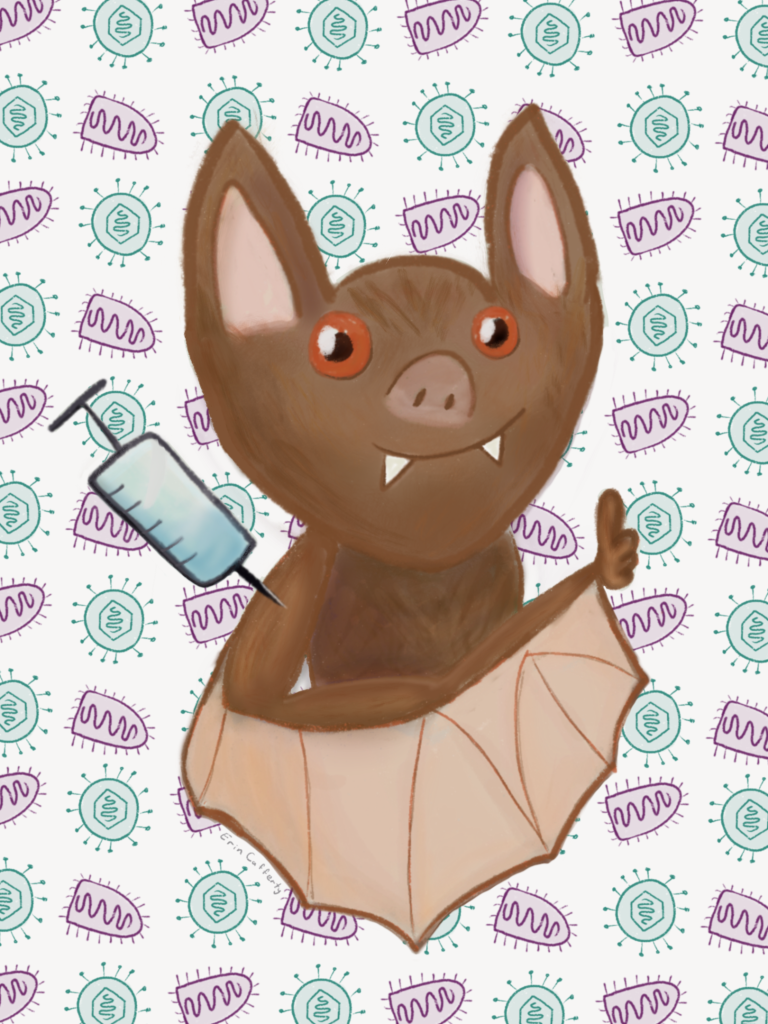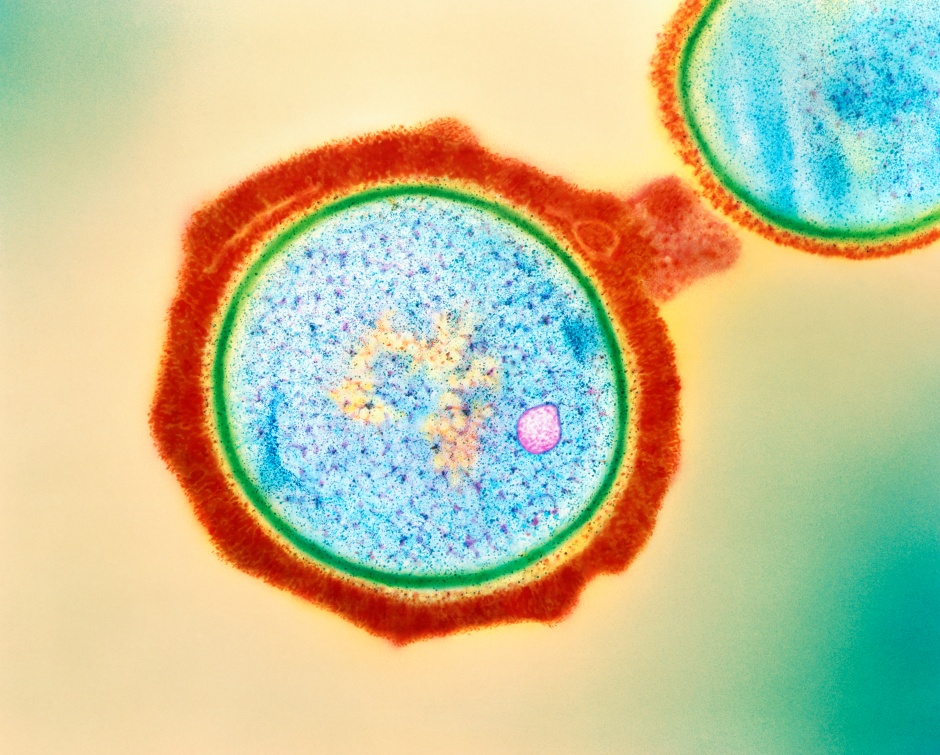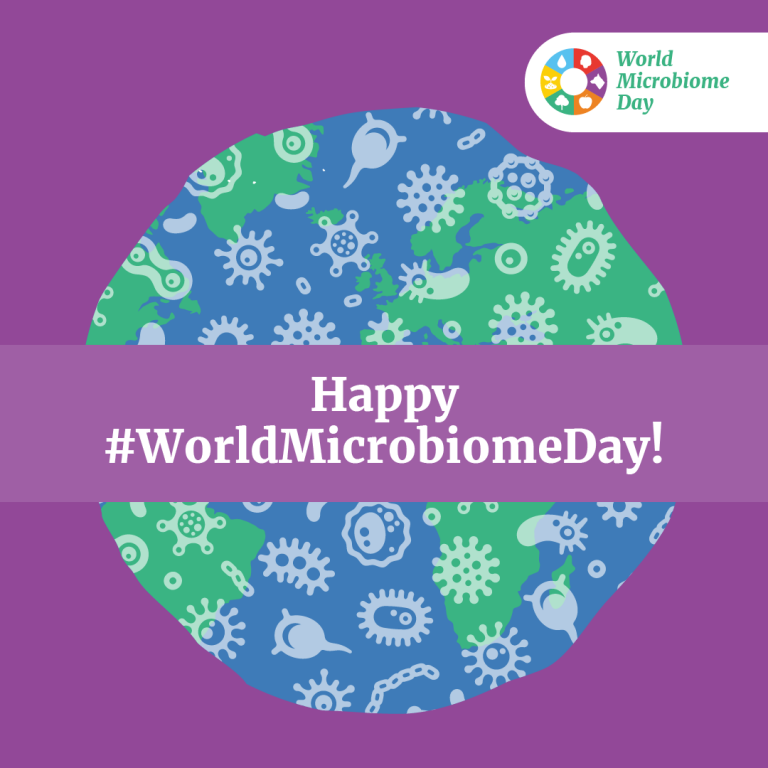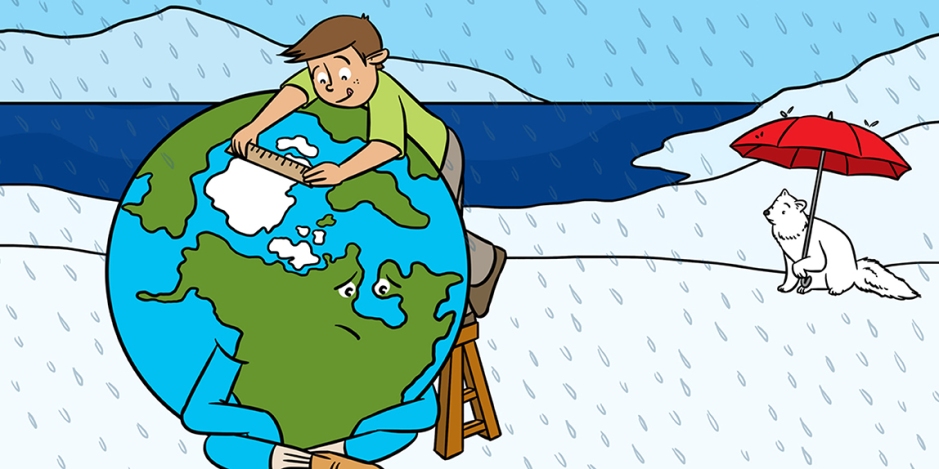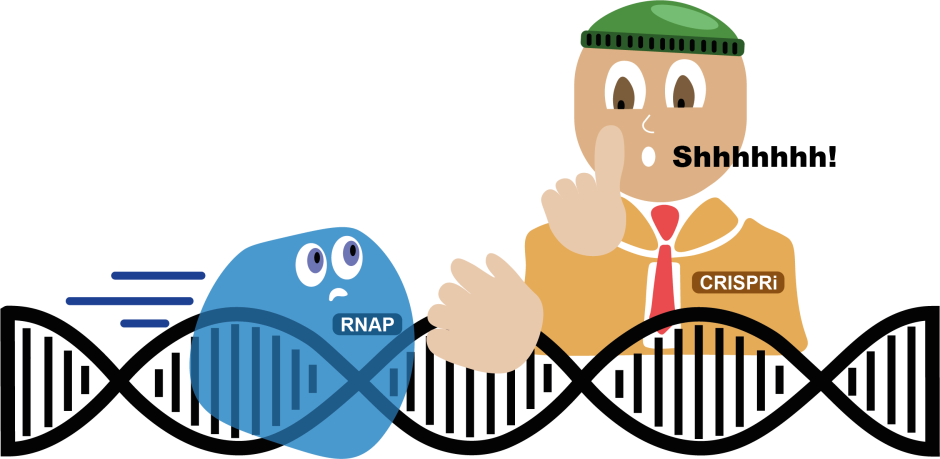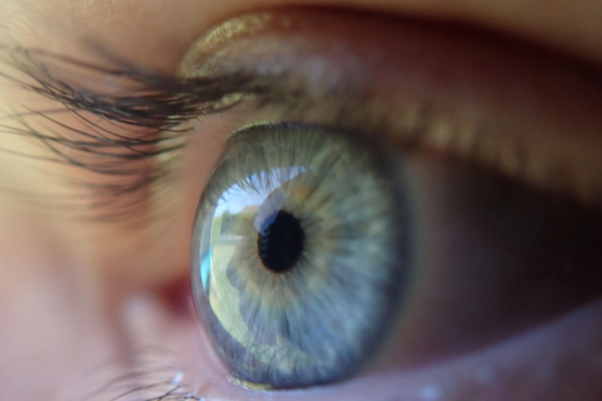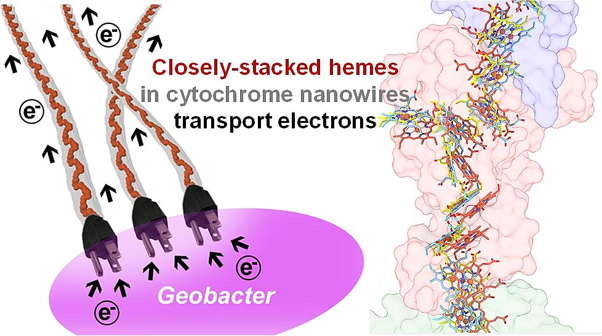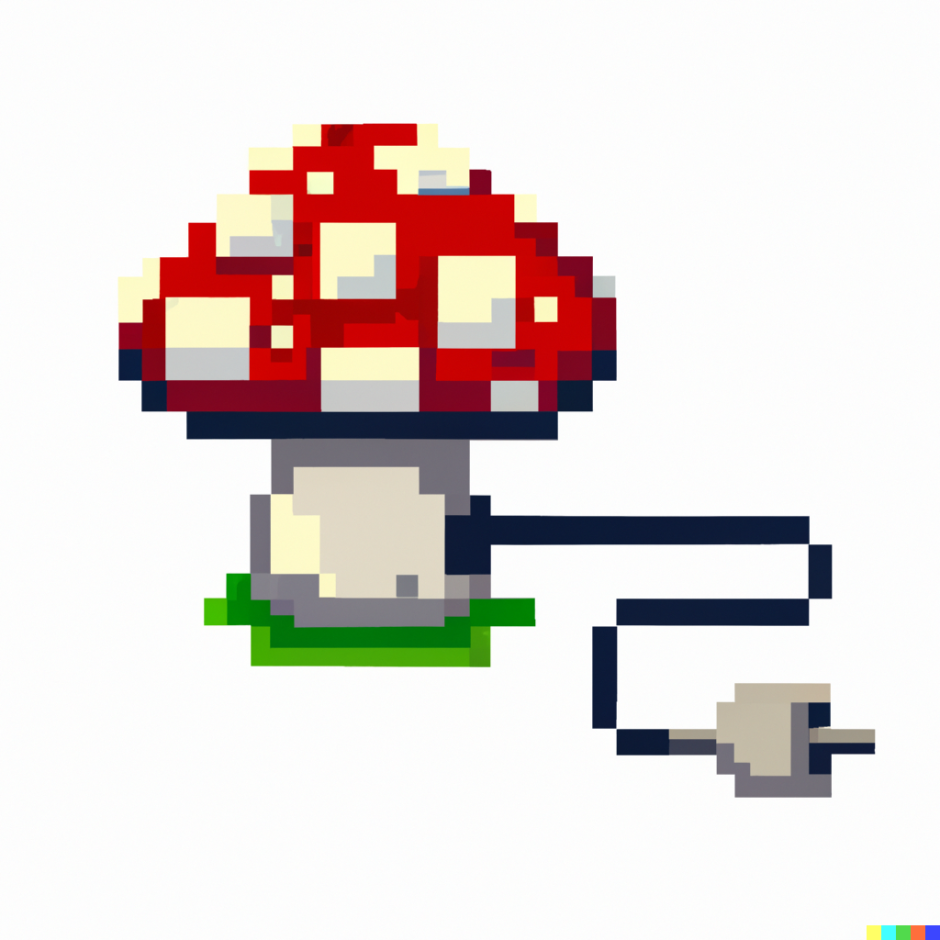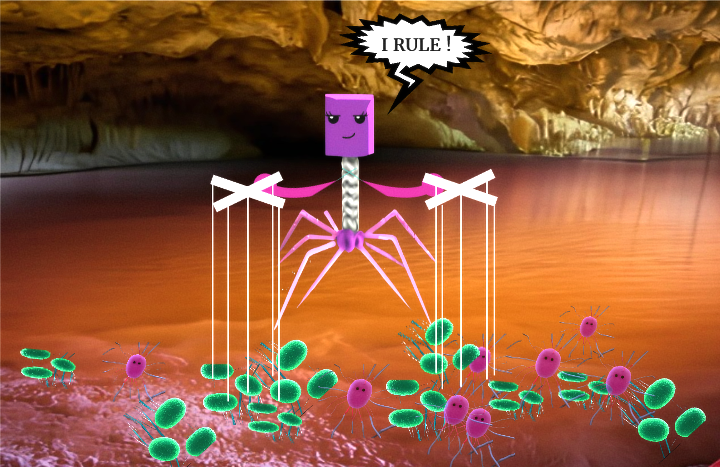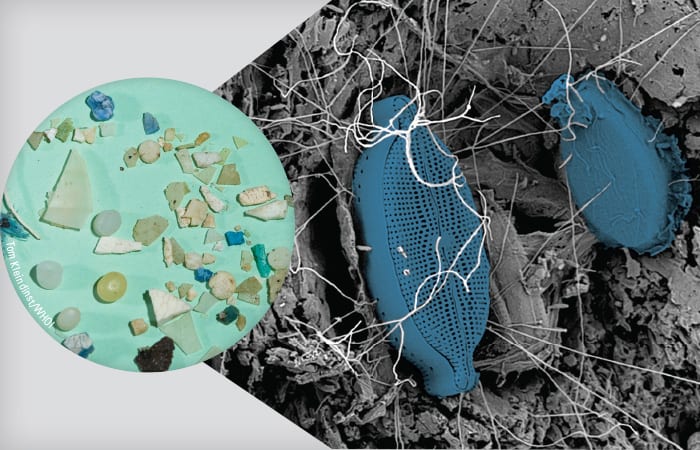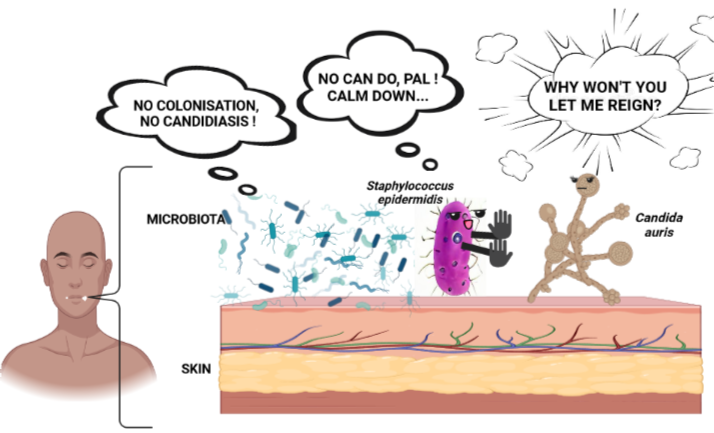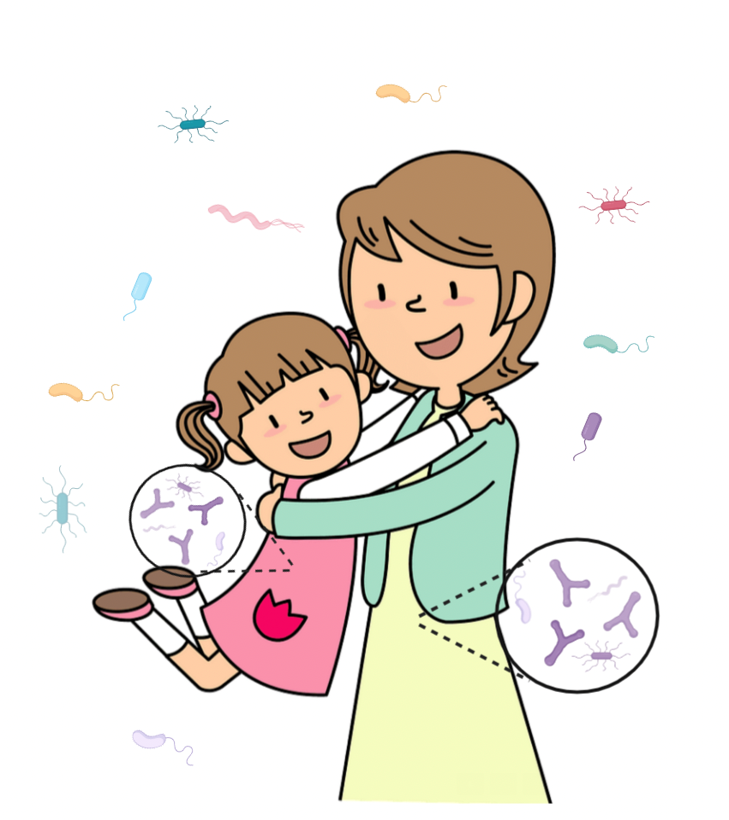
Breaking down the microbiology world one bite at a time
Eating viruses!
Written by
Anaïs Biclot
Viruses are the smallest organisms on Earth and are only able to live inside a host cell. They are found in all life forms from humans to plants and even bacteria (read more about bacteriophages here).

https://en.wikipedia.org/wiki/Virus#/media/File:Virus_size.png
Viruses are very diverse and come in many types and shapes (Figure 1). While viruses are responsible for infections, they have essential roles in ecosystems. They play a role in evolution as they have the potential to exchange genetic material with their host which can lead to new species or new functions. Since viruses infect all types of organisms they are also essential in maintaining the number of individuals in a population. For instance, by infecting bacteria they can kill some bacteria and regulate the bacterial population in an ecosystem.
Although they are small, viruses in the ocean represent millions of particles per milliliters of water and are therefore consumed by many organisms in this environment such as plankton. This is called virovory. This food chain was mostly thought to be a way to remove viruses from the environment, a way to clean up the water so to speak. Viruses are so small that they were not thought to influence ecosystem processes in terms of dietary input (such as proteins or carbs). But viruses, like any organism, do contain lipids, proteins, and carbohydrates.
In a new study, researchers showed that virovory could sustain population growth by itself and alter the pathways of energy flow in food webs. Meaning, the consumption of these viruses does have an impact on the entire ecosystem. In their experiment, they fed two ciliates (small aquatic eukaryotes) Halteria and Paramecium with chloroviruses and tracked the number of individuals in each population after 1 and 2 days of feeding, while also counting how many viruses were eaten.

The results showed that Paramecium could not grow while feeding on the viruses even though they consumed them. Paramecium could not “extract” the viruses’ energy for themselves as already thought. However, Halteria could grow very well with only the viruses as a food source showing that some organisms can only use viruses to thrive and therefore use this energy for their own growth.
This study is essential as these small organisms are themselves eaten by bigger organisms and the energy extracted from the viruses is transferred up into the food web. This viral energy should therefore now be taken into account when studying the aquatic food webs, and who knows maybe the impact of viruses on the life energy source has also implications outside aquatic environments… Future research will tell us!
Link to the original post: The consumption of viruses returns energy to food chains John P. DeLong, James L. Van Etten, Zeina Al-Ameeli, and David D. Dunigan 120 (1) e2215000120 https://doi.org/10.1073/pnas.2215000120
Featured image: created by author in canva


